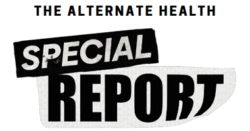Can You Really Build Muscle Mass After 50?
If you’re over 50, chances are you’ve heard from friends and family that it’s harder to build muscle after 50 than it was in your 20s and 30s. But does this apply to everyone? How much harder is it? And what about age 60, 70, 80, or even beyond? Is building muscle mass possible even in your 90s? Being very interested in this subject, I decided to investigate the myths behind building muscle mass after 50 so that you can know what to expect and how to achieve it if you want to.
The idea that you can’t build muscle mass as you age has been around for years; unfortunately, it’s not entirely false. Some natural changes your body goes through in later decades make building muscle after 50 more complicated—but it’s by no means impossible! In this post, I decided to research how aging affects your body’s ability to build muscle and provide tips on working around these changes to help you achieve your goals.
How I researched this question
I am not a health care professional, a fitness trainer, or a nutritionist, but I have been strength training for over twenty years (on and off) and working out, mostly with free weights, all my adult life. I’ve worked out in previous home gyms and professional gyms, and now back in my home gym again. I’ve taken courses on fitness and ate up all the knowledge I could get my hands on throughout the years. I have mainly concentrated on increasing strength instead of bulking up, except for biceps, everyone want bigger biceps. So I’ve got some experience in the subject matter, and I have search engines scouring the internet for confirmation and relevant data.

To answer whether you can build muscle mass after fifty, I looked at what some professional trainers had to say about it. When asked how someone could build muscle mass after fifty, the consensus was you need to do strength training with free weights. The training must be consistent and easy to follow, three times per week, starting with focusing on your upper body. They recommend doing workouts that last anywhere from twenty to forty minutes; the less time in the gym, the better with as much intensity as possible—then combining those days with cardiovascular exercise on a couple of other days per week if you want to build muscle mass after fifty. I will have to share a lot of detail behind the scenes in a subsequent post, or this will quickly become a lengthy book. In addition, these experts mention that if you lift heavy weights with enough volume, protein consumption is vital so your muscles will continue to repair themselves while you sleep. Finally, they mention that eating more calories than usual is necessary when trying to gain muscle mass after fifty. Please don’t fall into the trap of increasing your calorie intake and then not getting into the gym; been there, done that, and it’s not pretty.
How much can you gain?
How much someone can gain is difficult to answer because each person has many variables. Have you weight trained before, and to what degree? What will your workouts consist of? How dedicated are you to making gains in the gym week in and week out? Sometimes your body will go through plateaus where you work just as hard as ever, and you’re not seeing any progress. I’ve seen people quit soon after. Sometimes the simple answer is to take a break for a week; you may be overtraining. Gaining muscle mass after 50 is still possible, but it’s not easy. The key is consistency, lifting weights three times per week, and eating a high-protein diet. You should build up to this and consult your health care professional, but protein intake should be 1.5 grams per kilogram of lean body weight (it can be as much as 2 grams per kilogram depending on how advanced you’re getting). If you’re a beginner, try for about 0.5 to one gram per pound of lean body weight. So if your lean body weight is 150 pounds (68 kilograms), shoot for 75 to 150 grams of protein each day from food or supplements, depending on your goals and activity level. Make sure you have enough calories to meet your needs – the average person needs between twelve and sixteen calories per pound of body weight – and get plenty of rest.
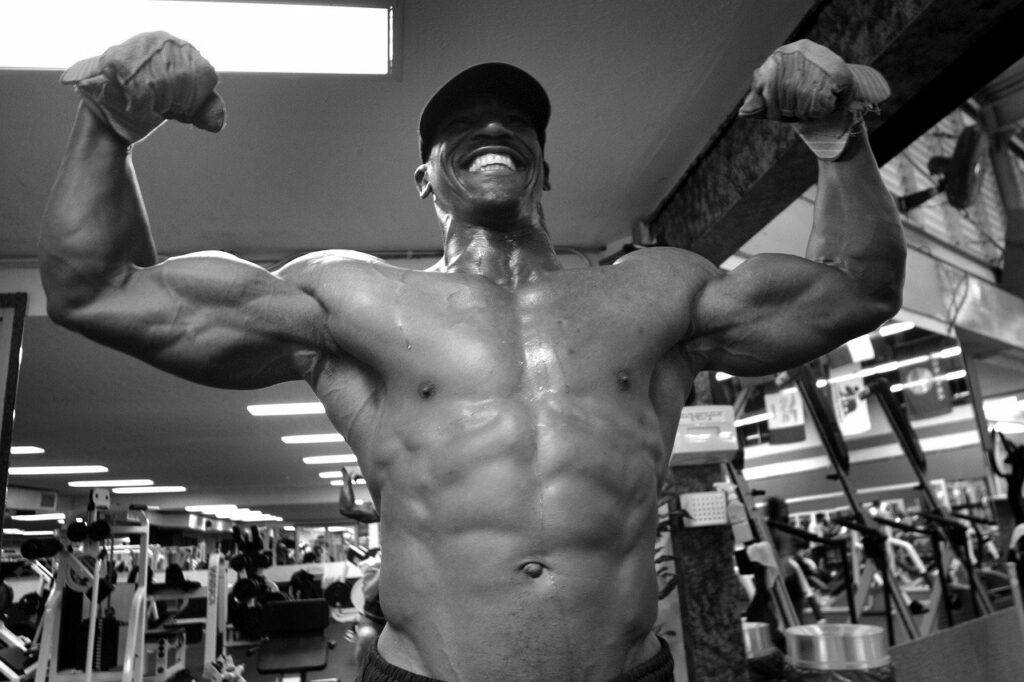
Note: I’m referring to lean body weight or lean body mass; this is an important consideration when calculating protein and calorie intake if you want to build muscle and lose weight. If you’re a 200 pound male at 5’9″ tall you are carrying about 29% body fat, your lean body weight is about 144lbs, you don’t count the fat in the equation, or you won’t lose much weight if any. There are plenty of Lean Body Mass Calculators on the internet, and you can get a pretty accurate picture of your body composition.
There are other ways: High-intensity interval training can also help build muscle because it burns more calories during and after the workout than regular low-intensity workouts. HIIT can produce double the amount of EPOC (Excess Post-exercise Oxygen Consumption) compared to low-intensity exercise. HIIT has also increased resting metabolic rate by up to 15% in people 60 and over. And while they may require some extra effort, there’s no reason why older adults can’t reap these benefits as well. Studies suggest that men aged 60 and over can maintain their strength levels when they exercise regularly. When older men exercised twice a week at home using either light weights or heavy weights with dumbbells, the men who used heavier dumbbells had better gains in upper arm muscle size than those using lighter dumbbells.
Just like the younger population, it’s essential to keep things interesting, so you don’t hit a plateau. Muscles will adapt to the same routines over and over again. To continue to see gains, you must employ “muscle confusion.” Try new exercises—like variations on planks—and new types of equipment like kettle-bells; vary your routine; change how many reps you do; mix cardio into your workouts, or perform dynamic exercises like jumping jacks instead of traditional moves like squats. You could even set aside time for free play outside!
What kind of workouts worked best?
The best workouts for strengthening your muscles after 60 require resistance and weight training. Resistance training includes pushing or pulling, like push-ups, squats, and lunges. Weight training includes all exercises that involve lifting weights or using a machine. It’s a best practice to start with lighter weights and gradually increase the amount of weight you use as you get stronger.
A critical element of weight lifting is to focus on proper form so you don’t injure yourself. There are not much worse things than moving along and making good progress only to be stopped cold with an injury. Unfortunately, I learned that valuable lesson a long time ago, and it’s still sometimes hard to resist the urge to try to do more than you can handle. I was in my late 30s and making significant progress in the gym. I was stronger than I’d ever been in my life up until then. I was working my arms one night and doing an exercise called “hammer curls” my arms were feeling fantastic and wholly spent. It was a good workout. Unfortunately, while driving home from the gym, I noticed pain in my arms, slowly emanating from the top inside elbows down to my wrists. It worsened that night and eventually sidelined me for about a month. I knew I had chosen a weight I wasn’t ready for, but I was obsessed with lifting more and more weight. Don’t do that!
It is always best practice to take the weight through the full range of motion while training. How can you know that you’re doing it correctly? Tighten your stomach and exhale before each repetition by keeping your back straight. If you can’t do an exercise at least eight times in a row without stopping, lower the amount of weight until you can do it comfortably without compromising technique. Aim for three sets of eight repetitions per muscle group, resting at least 2 minutes between sets. To help minimize injury risks, aim to work out three days a week. Some advanced lifters, while going for strength, will increase the weight and go for three sets of four to six repetitions. Don’t try that out of the gate; it either won’t stimulate the muscle fibers properly, and you’ll be wasting your time, or you’ll risk injury.
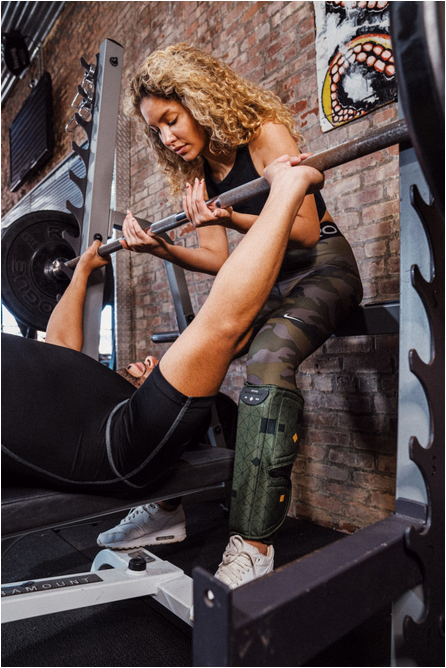
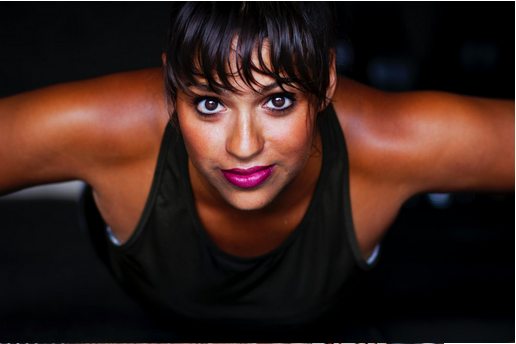
Things to consider before you start
Before starting a new exercise regimen you should do a few things. Review the list below and confirm that you are not only physically ready to begin this new lifestyle but that you are also mentally prepared to stick it out. You must also consult consult with your primary care physician or your health care practitioner to ensure that you are also physiologically ready for the work that lies ahead.
Consider these questions carefully:
- Do you solidly understand your body and how it works?
- Do you know what diet plan will work best for your goals, or are you open to trying something new?
- Are you willing to make time in your schedule for exercise, or do you prefer a more sporadic approach (maybe doing a HIIT workout one day and going for a walk on the next)?
- What workouts interest you most: weightlifting, running, hiking, etc.?
- What equipment do you prefer to use during your workouts?
- stationary bike, weights at home, gym membership
- Or would you like to use different equipment each time?
- How often do you want to exercise, such as three times per week?
- More or less than that?
- Can you dedicate extra time to an activity outside of your daily routine? Can this be adjusted if necessary?
Can I still build muscle after 50 or 60? Absolutely! It’s never too late. With weight training, you can start (smartly) at any phase of your life. However, your goal should be to get stronger, not necessarily build muscle mass after 60. In other words, focus on the exercises that strengthen your muscles without necessarily adding size.
Ten exercises you can do right now to get a full body workout without a gym or much equipment.
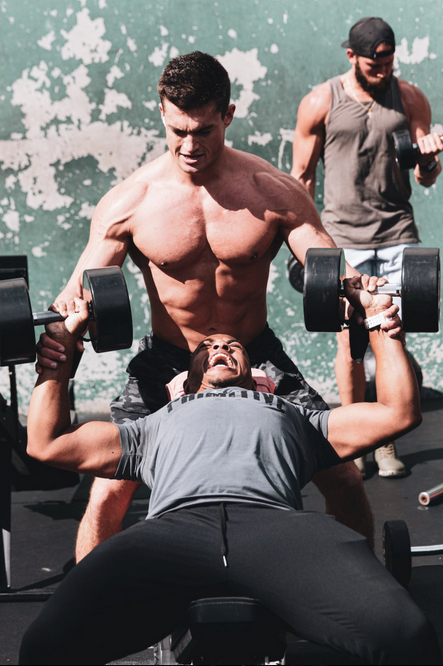
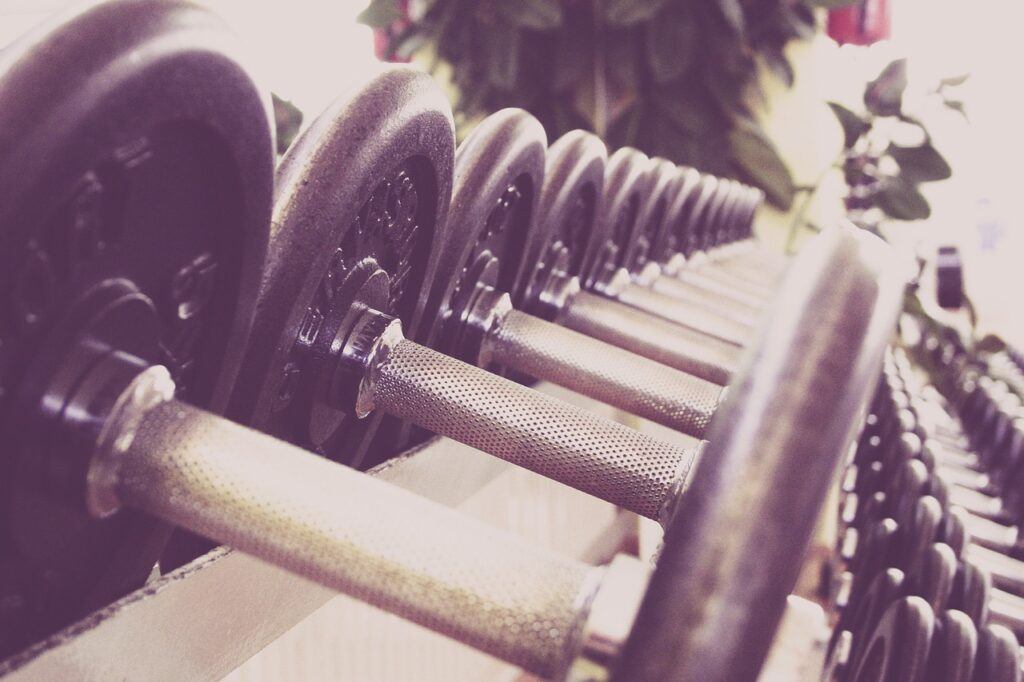
Okay buttercup, you don’t have any gym equipment at home and you say you can’t afford a gym membership, what do you do? Simple, grab a couple dumbbells at a garage sale (No, not the other two guys in the background…) and start a simple exercise routine. As time goes by continue to create makeshift equipment while you look for bargains on-line. I once scored over 500 lbs of Olympic weight plates for $135 because I had the patience of Job. Don’t know Job? Look him up! Anyway do what you can with what you have and expand over time. Believe me, you can do a lot with just your body weight. By the way can you spare $10/month? Planet Fitness (not a sponser) only charges $10 per month – I just re-joined because I couldn’t afford not to
- Bodyweight or weighted pull-ups and chin-ups can be done anywhere, even on a tree branch, or buy a cheap bar that mounts to a doorway.
- Push-ups are a great exercise and can be done anywhere on any safe surface.
- Shoulder press – grab some dumbells or a couple of gallons of water and have at it.
- Deadlift with a barbell or a couple of dumbbells.
- Bent over rows with a barbell or a couple of dumbbells.
- Side lateral raises using lightweight dumbbells and working your way up.
- Squats using body-weight and then working your way up to dumbbells or a barbell.
- Dumbbell shrugs to strengthen your trapezius muscles
- Planks using just your body-weight
- Standing calf raise with dumbbells
Conclusion: What did we learn?
We found that lifting heavy weights is necessary for building muscle mass after 50. Lifting heavy weights will help you build muscle and strength, but it’s also important to note that you should be initially lifting at a weight where you can only do eight to ten repetitions before your muscles are exhausted. Then as your body adapts, increase the weight. You can also decrease the reps as you become comfortable with your new lifting lifestyle. If you’re not sure what that means or if you think it’s too hard, don’t worry! Gyms always run specials and guest passes where you can go for a free week and pick the trainer’s brains. They may try to sell you by hiring them for their services, so be aware of that. Also, drop a line in the comments, and I’d be happy to address your questions. One more reminder, no matter what age you are, remember to start with lighter weights and work your way up over time; increasing weights has to be done within your comfort level, don’t ever try to keep up with another member of the gym; that could be disastrous. The reason behind being methodical and slowly increasing your resistance is that this will allow your body to adjust gradually to an increased workload and avoid setting yourself back with a season-ending injury.
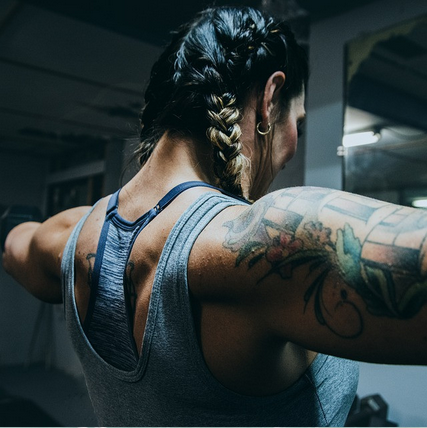
One more pro tip:
Avoid working out on consecutive days to give your body ample time for rest and recovery between workouts so you can see faster results from all of your hard work. It’s not true that you can’t build muscle once you reach 60 years old either. If you still want to get stronger, leaner, and have better health into your later years, know it might just take a little bit longer than when you were younger.
As you advance, you can look at training schedules that work one or two muscle groups per day and alternate complementary muscle groups so you can work out daily if you prefer and end up working more intensely but for less time in the gym and seeing more results.
Hope this information is helpful – Leave a comment or a question – Thanks for stopping by!
